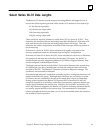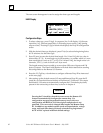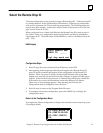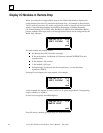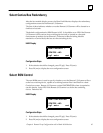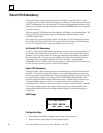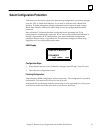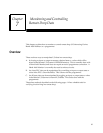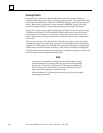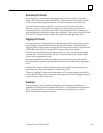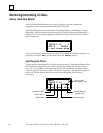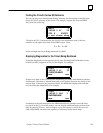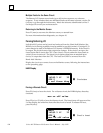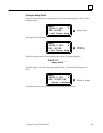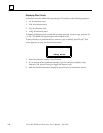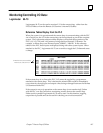
7
Series 90–70 Remote I/O Scanner User’s Manual – July 1992100
Forcing Circuits
Forcing an I/O circuit from a Hand–held Monitor causes the circuit to assume a
selected state (for discrete circuits) or value (for analog circuits). The forced state/value
is also stored in the Remote I/O Scanner’s EEPROM memory, and will survive power
failure. Because the forced state or value is stored in EEPROM, forcing is the only
method of manipulating I/O circuits that guarantees a fixed output/input state.
Forcing I/O works equally well for stand–alone (off–line) and on–line remote drops.
The Remote I/O Scanner’s I/O Enabled LED flashes while any circuit in the remote
drop is forced. Once forced, a circuit retains the selected state or value if power is
cycled. The forced circuit ignores data from an attached input device, or output data
from a CPU.
The force may be removed with the Hand–held Monitor. When unforced, a circuit
responds to real input or output data. Output circuits normally begin accepting CPU
outputs. If no CPU outputs are available, the output will either go to its programmed
default state, or hold its last state, according to the circuit’s preselected configuration.
The only other occurrence that removes forces is a configuration change, in which case
all forced data is assumed obsolete and discarded.
Note
If a discrete circuit which is configured to hold its last state is forced
while the Remote I/O Scanner online, the forced state is considered
the last state. Therefore, if the Remote I/O Scanner goes offline and
the force is removed while offline, the circuit remains in the forced
state, rather than assuming its actual last state.
When the Remote I/O Scanner goes back online, the circuit will again
accept outputs normally.



